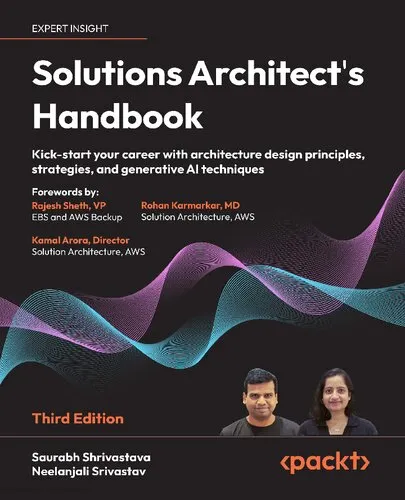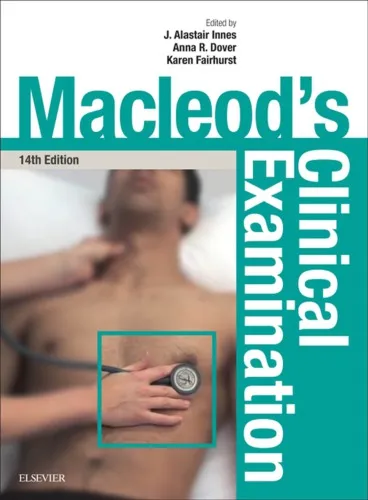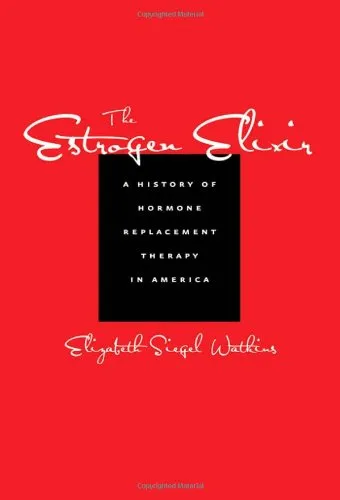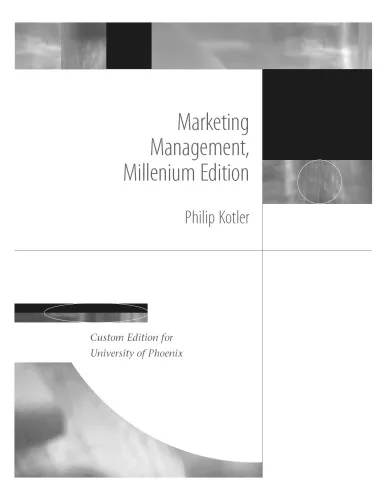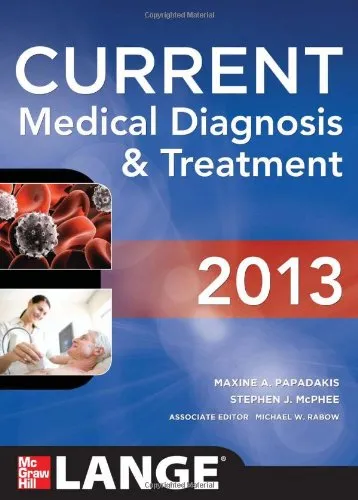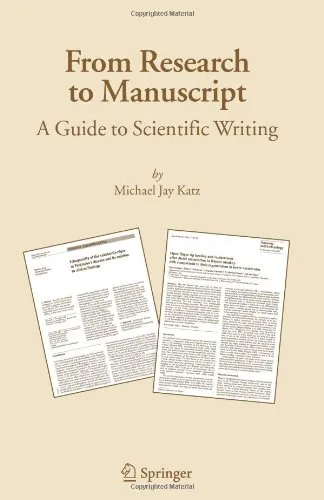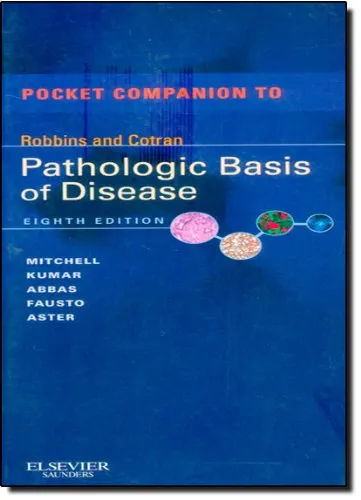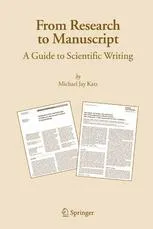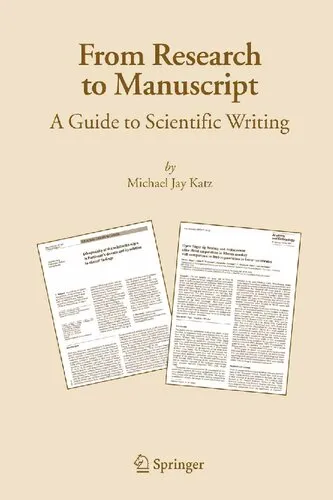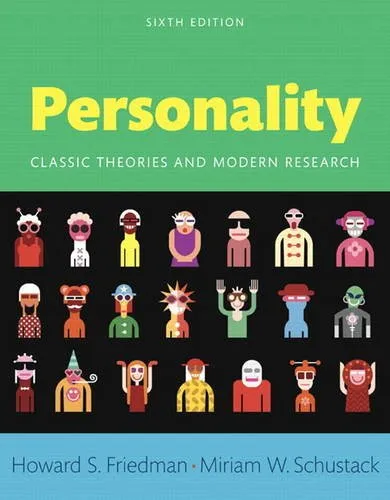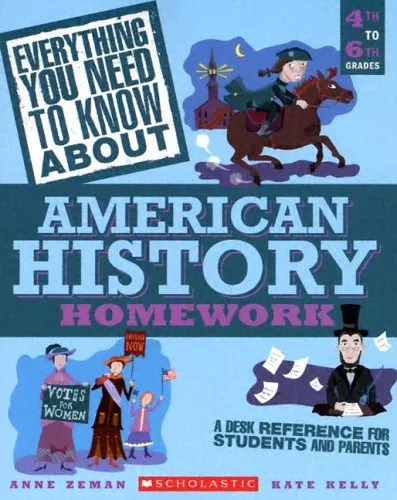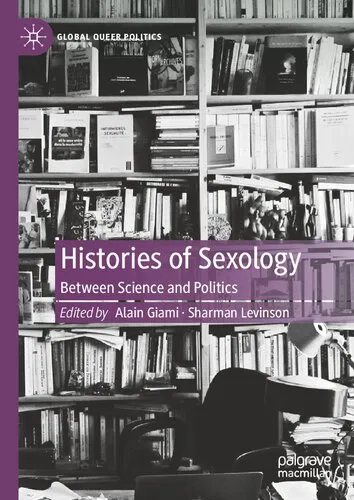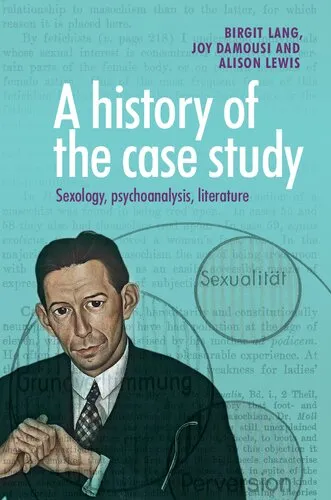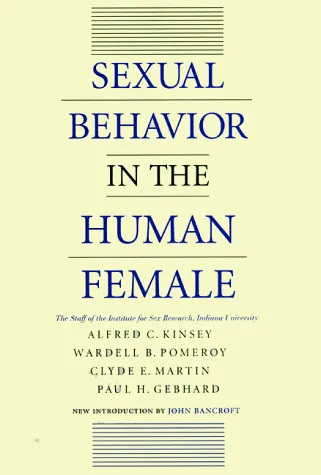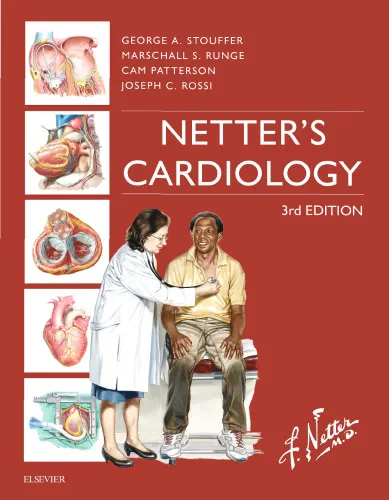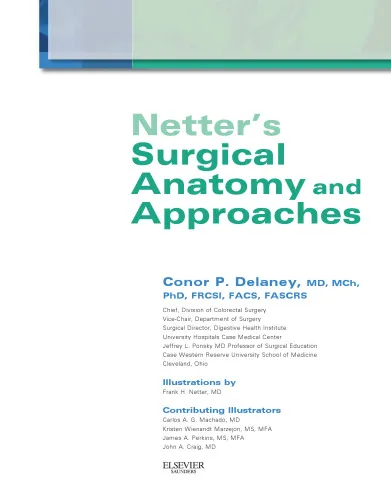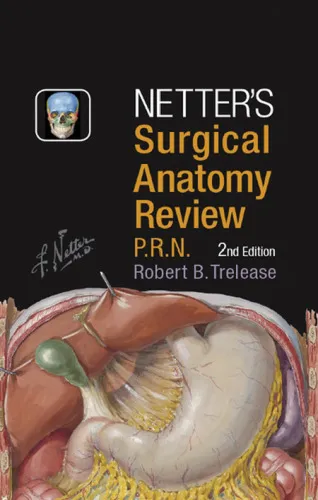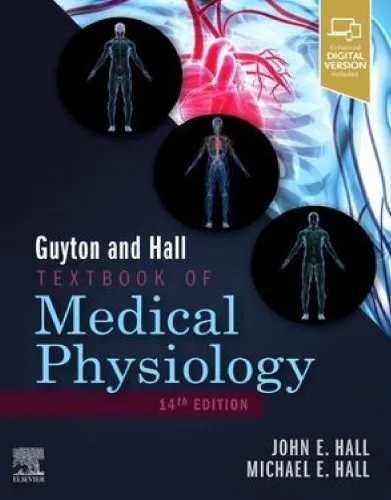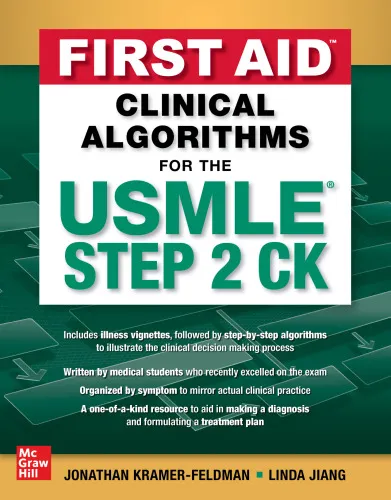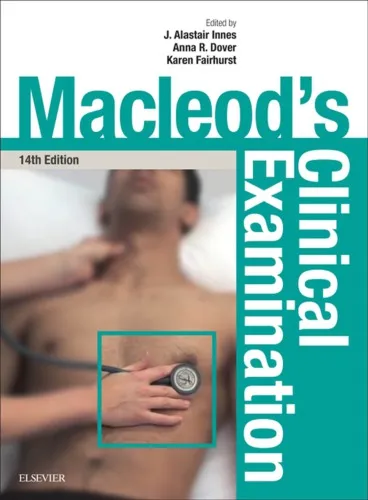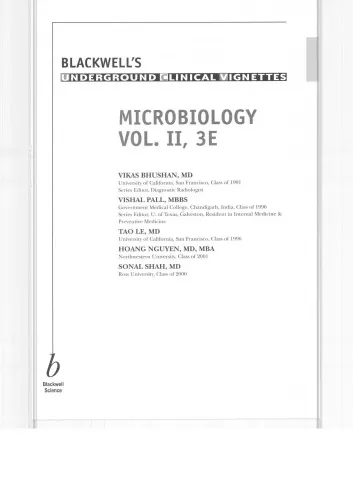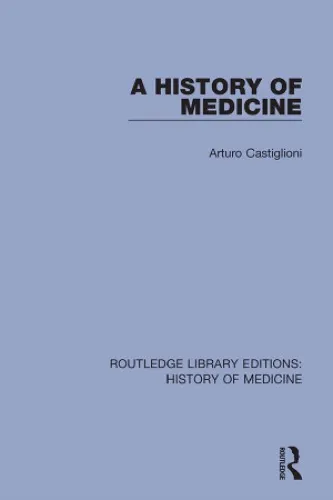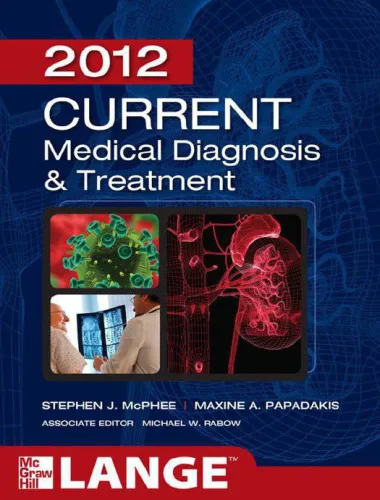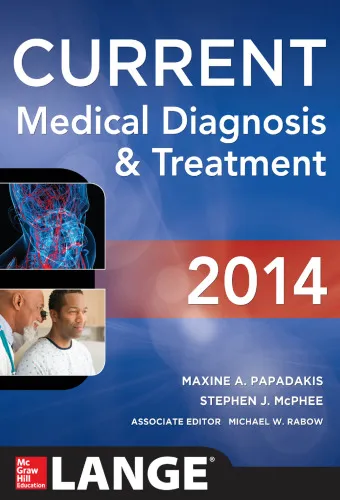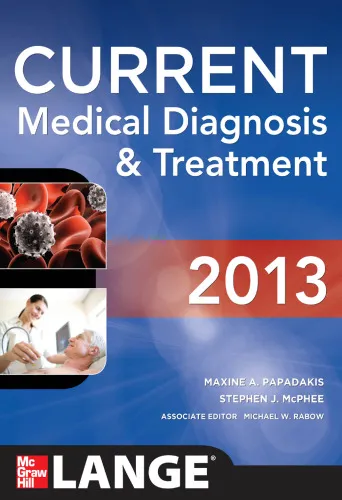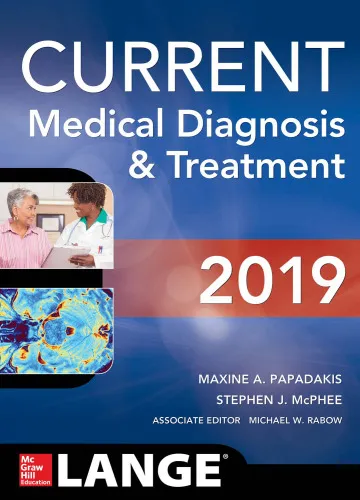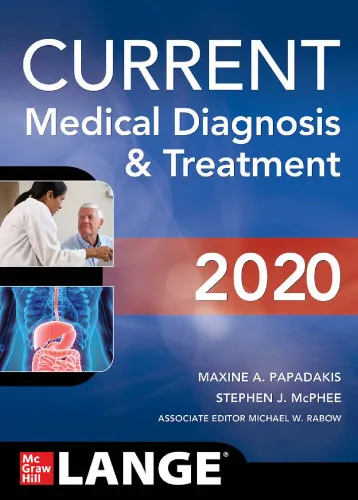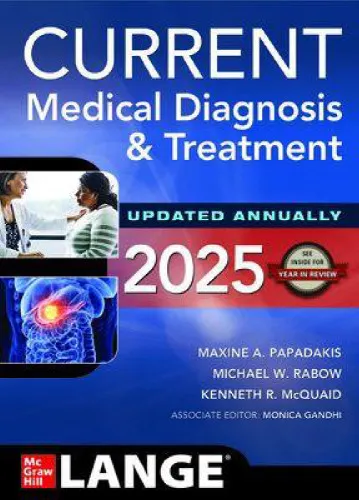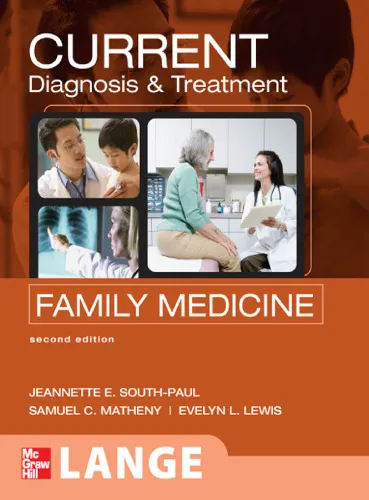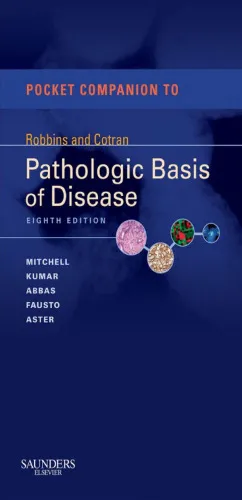Journal of the History of Medicine and Allied Sciences
4.8
Reviews from our users

You Can Ask your questions from this book's AI after Login
Each download or ask from book AI costs 2 points. To earn more free points, please visit the Points Guide Page and complete some valuable actions.کتاب های مرتبط:
Analytical Summary
The Journal of the History of Medicine and Allied Sciencespp.390—396 represents a focused segment of scholarly discourse that meticulously examines historical developments in medicine alongside allied scientific fields. This particular portion of the journal offers a concentrated exploration of the intersections between medical practice, technological innovation, and socio-cultural contexts over a defined period in historical scholarship. While specific publication year data is currently unavailable due to the absence of reliable public sources, the thematic depth of pages 390—396 makes it a critical reference point for researchers and medical historians alike.
In these pages, readers are guided through layered narratives that highlight both the evolution of medical knowledge and its interconnectedness with broader scientific and societal shifts. The text balances empirical evidence with interpretative frameworks, making it relevant for academics accustomed to rigorous methodological approaches. Through primary source analyses, historiographical debate, and contextual insights, the journal captures essential moments of continuity and change within the medical sciences, reaffirming the enduring importance of historical inquiry in understanding present-day clinical and scientific paradigms.
Furthermore, the scope of the discussion extends beyond strictly medical innovations to embrace allied sciences such as pharmacology, public health, and biomedical engineering—disciplines whose histories are deeply entwined with the progression of medical thought. The scholarly tone of the work ensures that readers are not only informed but also challenged to critically re-evaluate their understanding of how science evolves in response to cultural, political, and ethical pressures.
Key Takeaways
Several core insights emerge from the Journal of the History of Medicine and Allied Sciencespp.390—396, each of which adds value to the serious study of medical historiography and its allied fields.
First, historiography in medicine thrives when interdisciplinary methods are applied, drawing on fields like sociology, anthropology, and physics to enrich the narrative of discovery. Second, understanding the historical trajectory of medical practices can provide predictive insights into future trends and ethical considerations. Third, allied sciences contribute significantly to medical advancements, and their historical exploration reveals mutual dependencies often overlooked in more compartmentalized research.
Fourth, primary sources remain indispensable for accurate historical reconstruction, and scholarly integrity demands careful evaluation of the contexts in which these sources were produced. Fifth, critical debates within the academic community invigorate the field, challenging assumptions and widening perspectives on what constitutes progress.
Memorable Quotes
“Medicine's history is as much a story of culture and thought as it is of laboratories and clinics.” Unknown
“The allied sciences form the invisible web supporting every medical breakthrough.” Unknown
“Historiography serves not only to preserve the past but to illuminate the potential futures of science.” Unknown
Why This Book Matters
The importance of Journal of the History of Medicine and Allied Sciencespp.390—396 lies in its ability to bridge the gap between the recorded past and the evolving present of medical and scientific knowledge.
For scholars, the text serves as a repository of nuanced interpretations rooted in evidence. For professionals, it offers historical perspectives that can enhance policy-making, research methodologies, and clinical applications. For serious readers, it opens a window into the historical processes that shaped modern healthcare systems and technological innovations. In an academic climate where interdisciplinarity is increasingly valued, this segment of the journal stands out for its intricate weaving of diverse intellectual threads into a coherent, meaningful tapestry.
Inspiring Conclusion
Engaging with the Journal of the History of Medicine and Allied Sciencespp.390—396 is not merely an academic exercise—it is an invitation to deepen one’s understanding of how human ingenuity and societal forces converge to shape the trajectory of medicine and its allied sciences.
By studying this work, readers join a broader scholarly conversation committed to preserving the lessons of the past while envisioning pathways to future advancements. Whether you choose to read, share, or discuss its richly detailed content, the journey through these pages affirms the enduring relevance of historical insight in shaping the science and healthcare of tomorrow.
Free Direct Download
You Can Download this book after Login
Accessing books through legal platforms and public libraries not only supports the rights of authors and publishers but also contributes to the sustainability of reading culture. Before downloading, please take a moment to consider these options.
Find this book on other platforms:
WorldCat helps you find books in libraries worldwide.
See ratings, reviews, and discussions on Goodreads.
Find and buy rare or used books on AbeBooks.

